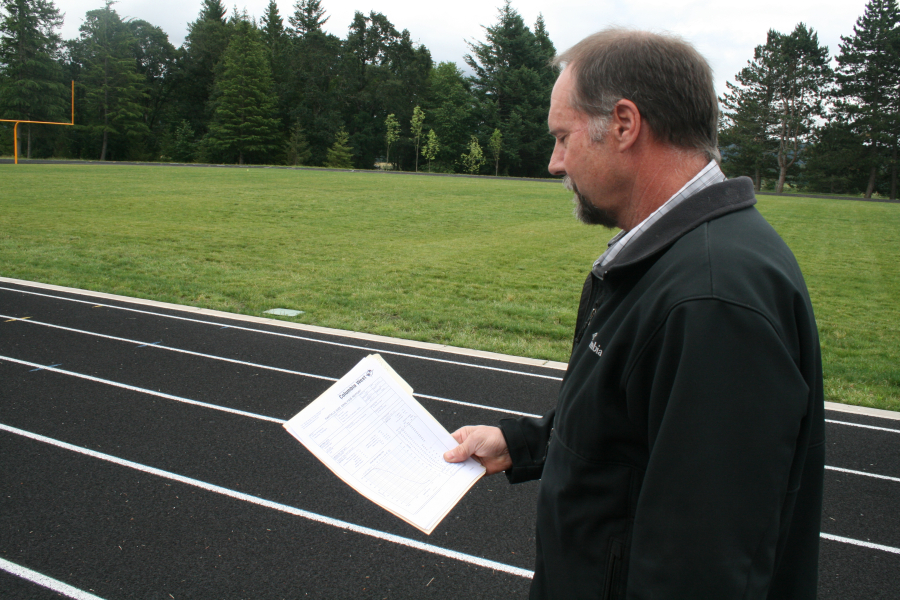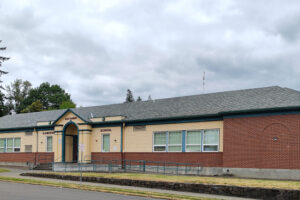A Washougal middle school teacher and former football coach is worried that a new Washougal youth football field, constructed near the newly opened Jemtegaard Middle School (JMS) and part of a $57 million Washougal School District (WSD) capital improvements bond passed by voters in 2016, may pose a serious safety hazard.
Brett Cox, an eighth grade science teacher at JMS, said he grew concerned about the field after spotting something odd on a bright, sunny day.





